Bok choy
Bok choy , pak choi (British English, South African English, and Caribbean English) or pok choi is a type of Chinese cabbage (Brassica rapa subsp. chinensis) cultivated as a leaf vegetable to be used as food. Varieties do not form heads and have green leaf blades with lighter bulbous bottoms instead, forming a cluster reminiscent of mustard greens. Its flavor is described as being between spinach and water chestnuts but slightly sweeter, with a mildly peppery undertone. The green leaves have a stronger flavor than the white bulb. Chinensis varieties are popular in southern China, East Asia, and Southeast Asia. Being winter-hardy, they are increasingly grown in Northern Europe.[citation needed] Originally classified as Brassica chinensis by Carl Linnaeus,[citation needed] they are now considered a subspecies of Brassica rapa.They are a member of the family Brassicaceae. Other than the term "Chinese cabbage", the most widely used name in North America for the chinensis variety is bok choy (Cantonese for "white vegetable") or siu bok choy (Cantonese, for "small white vegetable", as opposed to dai bok choy meaning "big white vegetable", referring to the larger Napa cabbage). It is also sometimes spelled as pak choi, bok choi, and pak choy. In the UK, South Africa, and the Caribbean the term pak choi is used. Less commonly, the names Chinese chard, Chinese mustard, celery mustard, and spoon cabbage are also used.
Source: Wikipedia
Recipes
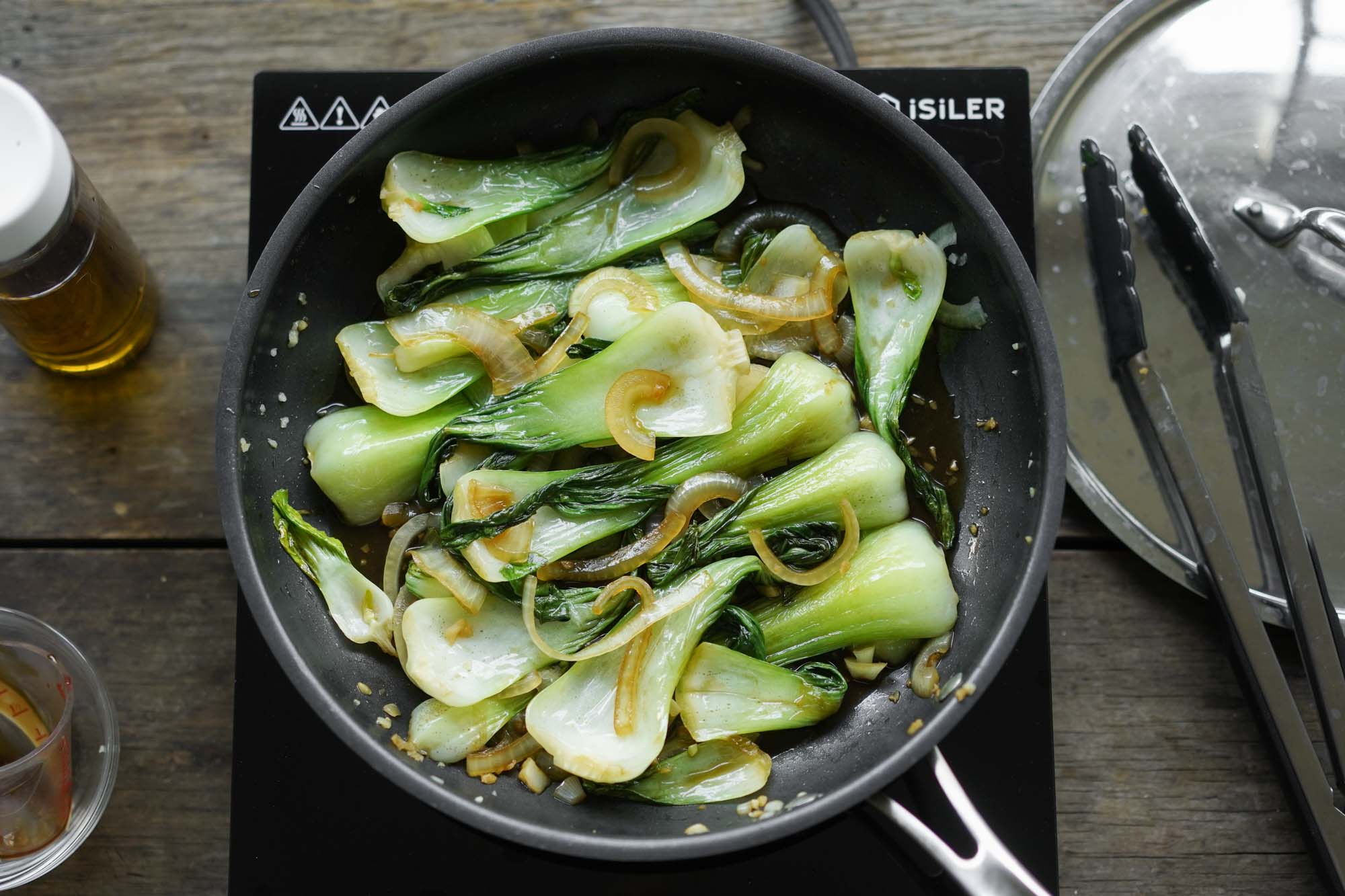
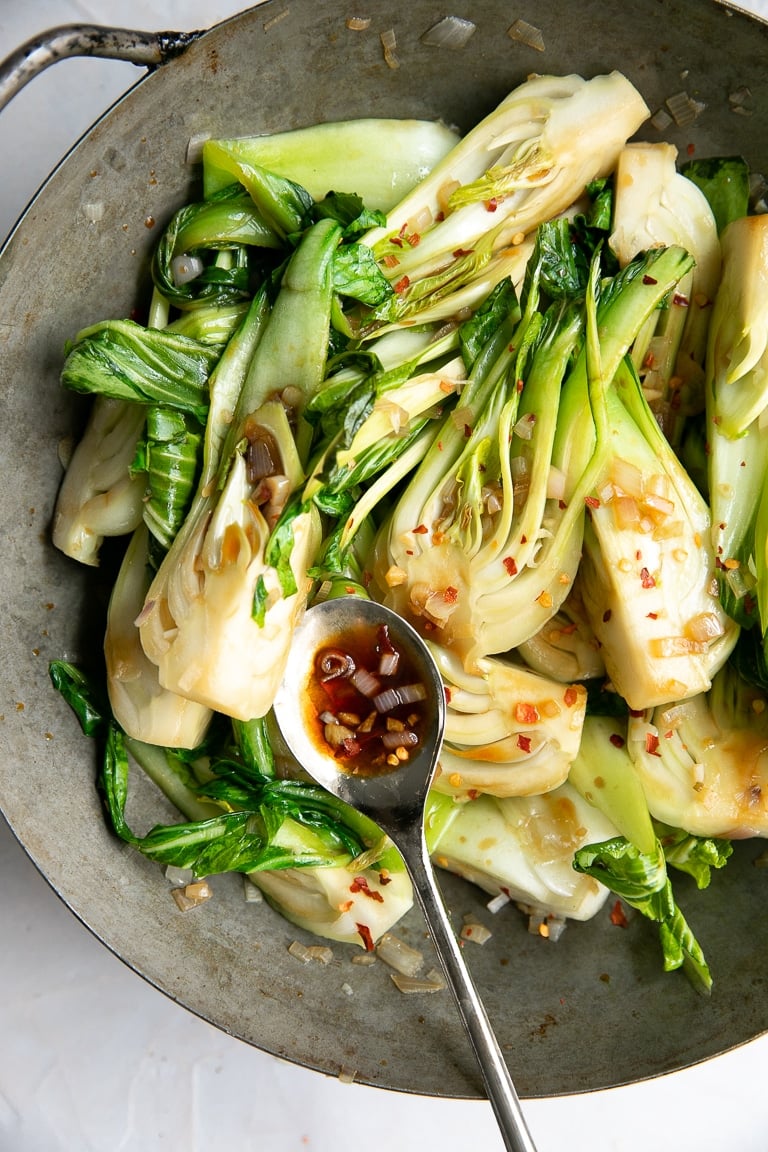
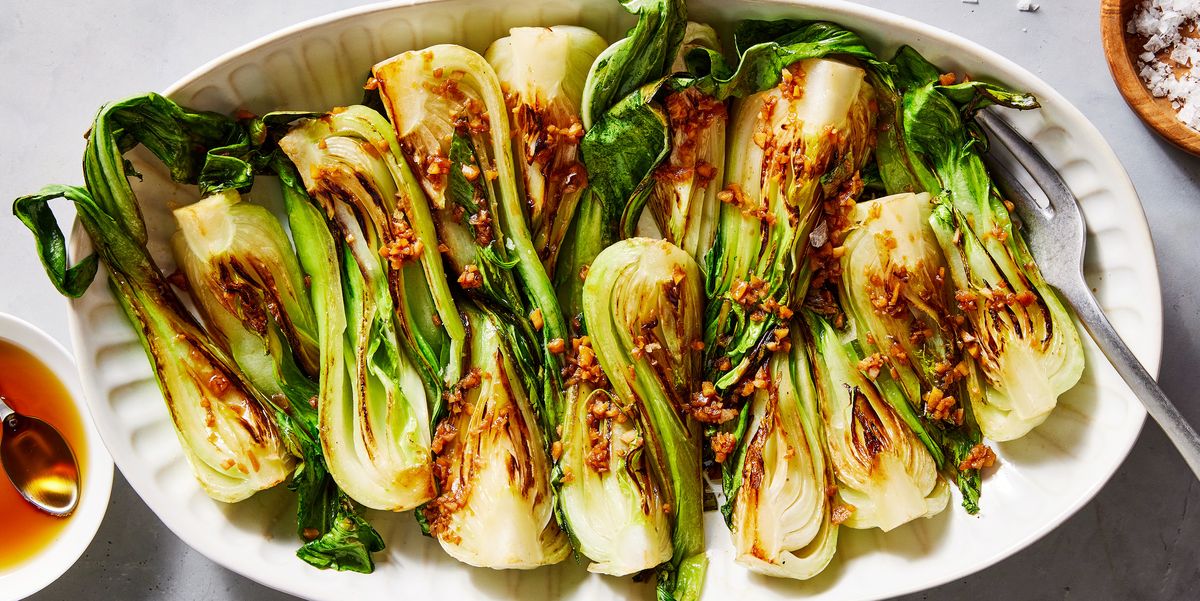


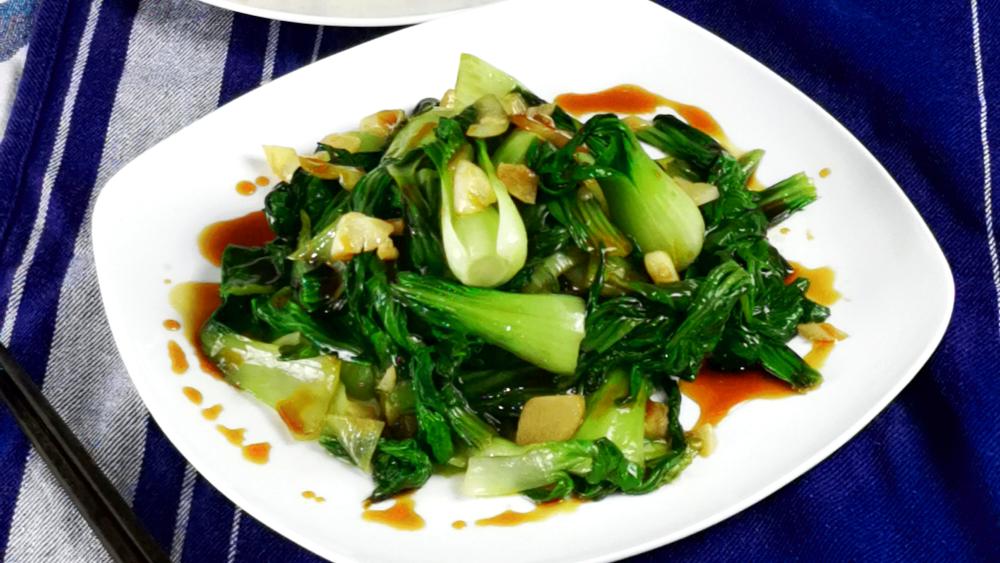
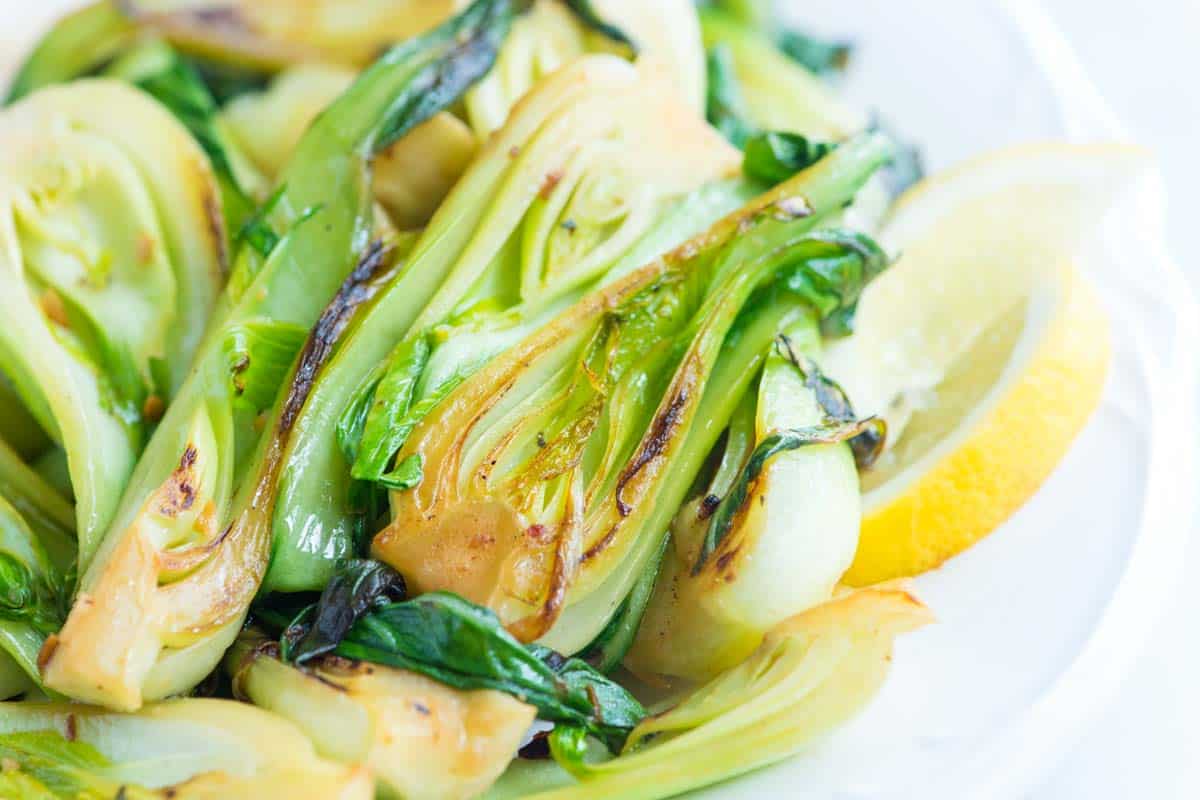
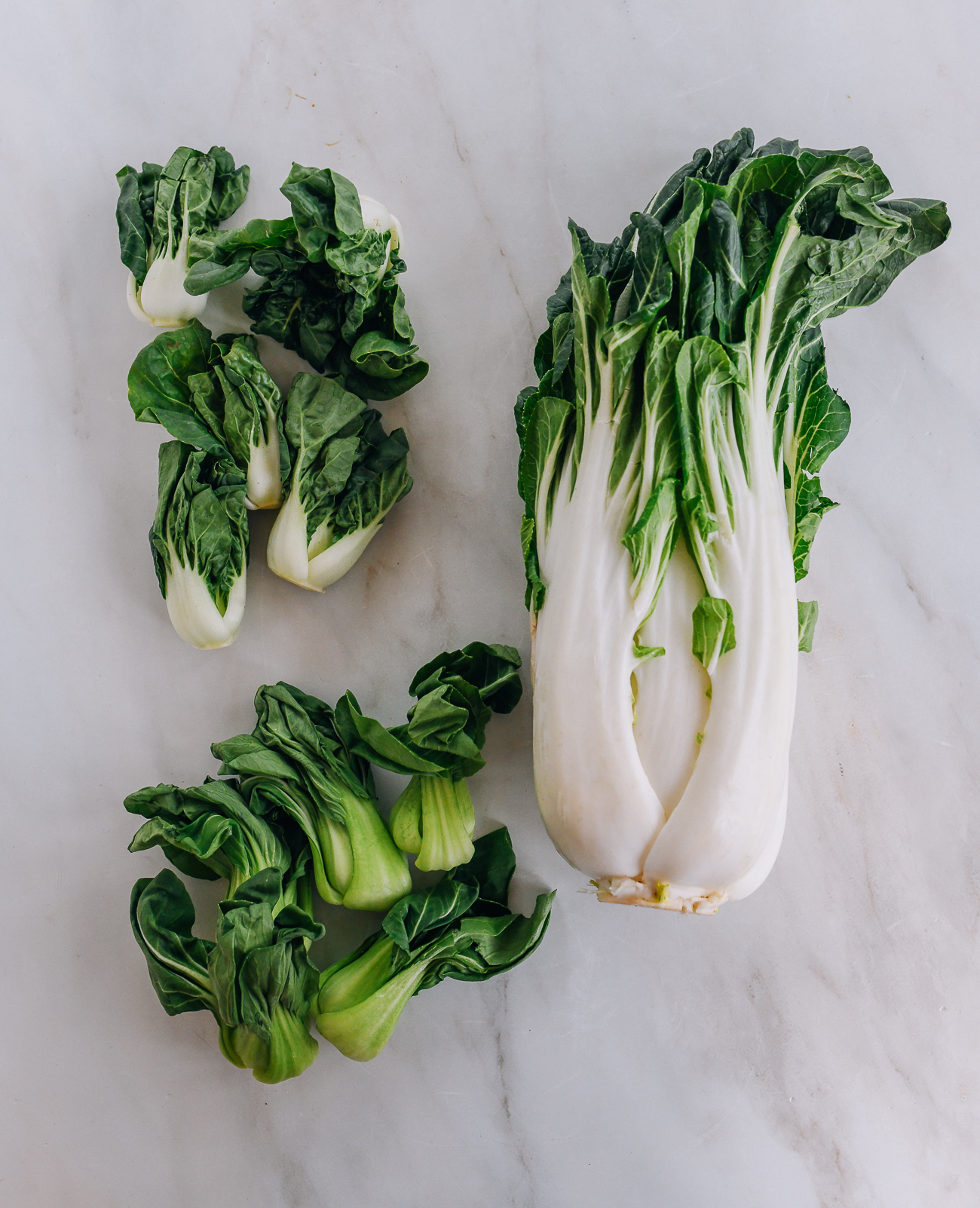

:max_bytes(150000):strip_icc()/stir-fry-baby-bok-choy-recipe-695307-hero-01-5c01a073c9e77c0001424793.jpg)

:max_bytes(150000):strip_icc()/roasted-bok-choy-4690759-hero-01-808dac75cd7e4b278c64209447606e18.jpg)

:max_bytes(150000):strip_icc()/68971-c63a10a74802427097111df29be70de5.jpg)
:max_bytes(150000):strip_icc()/how-to-cook-bok-choy-GettyImages-1303940706-d9d14d7616fe4872a5eb8e2e5d5655a0.jpg)
:max_bytes(150000):strip_icc()/clay-pots-ginger-crispy-rice-with-salmon-and-bok-choy-FT-RECIPE0320-7c3ef78ff90848c793cbcb953a0aee5b.jpg)
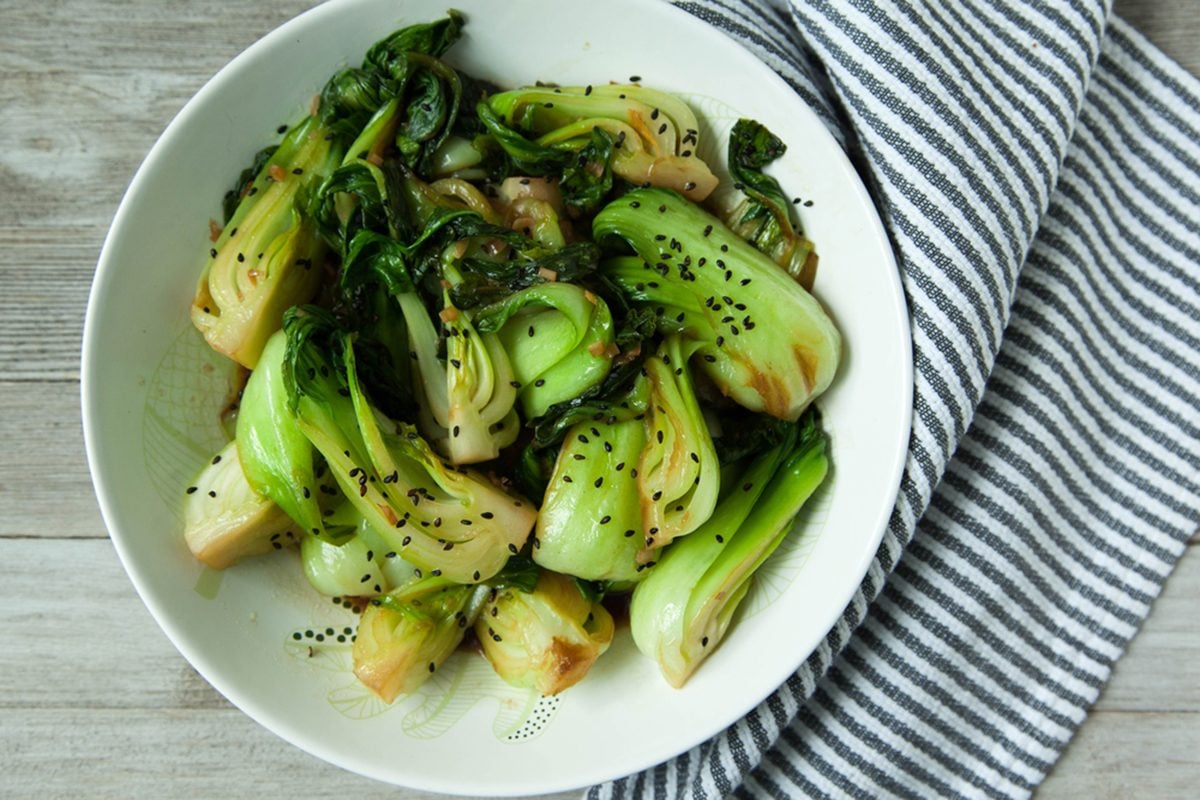
:max_bytes(150000):strip_icc()/GettyImages-110883545-d6d4f626929c4de7adea38d07824087c.jpg)
:max_bytes(150000):strip_icc()/4443912-3da56218f8a24862b1bad3ad6e404e21.jpg)
:max_bytes(150000):strip_icc()/bok-choi-0304-mla100534_vert-2000-a65e18cf2bee4f7ca26b0706eba30191.jpg)